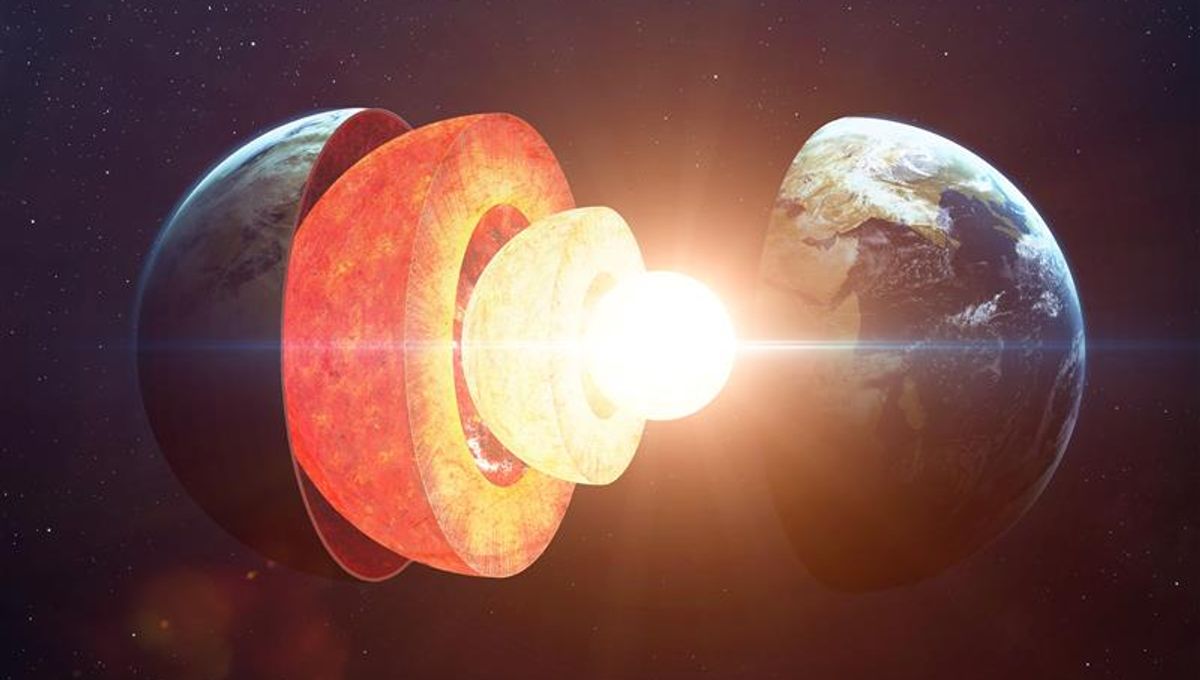
The surface of the Earth is not static. Throughout its history, landmasses have come and gone, their parts drifting and shifting into one configuration or another. Sometimes land has been well-distributed, but at others it has all come together to form vast conglomerations called supercontinents, which themselves eventually break up. But what causes these enormous landmasses to form and shift?
Supercontinents are born
Supercontinents occur when most or all of Earth’s land is assembled into one large structure. This has occurred at least a few times throughout history, but the most recent example that incorporated all of Earth’s most significant landmasses was Pangea. By “recent”, however, we’re still talking about 320 to 195 million years ago, but that’s nothing in the lifetime of the Earth.
Pangea was essentially the only continent on the planet at the time and was surrounded by a single ocean – Panthalassa.
Before Pangea emerged, there were others too. They include Rodinia (assembled around 1.2 billion years ago to around 750 million years ago) and Columbia (sometimes known as Nuna, which existed from around 1.7 billion years ago to 1.45 billion years ago in the Precambrian period). There was also Gondwana, a large landmass that formed around 600 million years ago, but scientists are unsure whether it can really be classed as a supercontinent.
And supercontinents die
But as enormous and titanic as these landmasses are, they are no match for the planet’s turbulent interior motions over millions of years. All supercontinents eventually disappear, and Pangea was no different. The process that causes this change is known as continental drift and relates to the ceaseless movement of the planet’s tectonic plates. In fact, it was the effort to explain Pangea’s formation and subsequent fracturing that led to the theory of plate tectonics in the first place.
The idea was suggested in the early 20th century by the German meteorologist, Alfred Wegener, and was eventually proven true in the 1960s when new technology could demonstrate it.
The theory of plate tectonics basically posits that Earth’s outer layer, its crust (or lithosphere) is made up of multiple plates that move over the planet’s mantle (which makes up around 84 percent of the Earth’s volume and is sandwiched between the planet’s core and the crust). The heat from the radioactive processes within the planet’s interior cause the tectonic plates to move. Sometimes this movement brings landmasses together – to form supercontinents – and other times it moves them away, therefore destroying them.
In its destruction, Pangea broke into the pieces that we would recognize as the seven (or eight) continents that make up the world today. This is why the east cost of South America looks like it would fit against the west coast of Africa, like a jigsaw piece. Once upon a time, the two landmasses were one and the same.
The Earth’s land masses are still moving today. On average, they move about 1.5 centimeters (0.6 inches) a year, which is as fast as our toenails grow. Yet this is not a uniform rate. Regions like costal California move quicker than average – around 5 centimeters (2 inches) a year.
When the edges of tectonic plates meet, their motion can cause the crustal rocks to impact and grind against one another, which can result in earthquakes or volcanic eruptions. This activity can give birth to new mountains too.
Given that continental drift is a continual process, our current continent configuration will not last. Already we are seeing signs of movements that will eventually lead to completely different layouts. This includes evidence that Africa is slowly being torn in two. One day, in millions and millions of years’ time, the continents will move back towards one another to form a new supercontinent that will be surrounded by a single massive ocean, much as it was when Pangea existed. There are even simulations that try to predict what this landmass will look like.
Of course, none of this will be relevant to any of us today. We will all be long dead, but it does show just how vibrant and changing our world is; it doesn’t need us to go on.
All “explainer” articles are confirmed by fact checkers to be correct at time of publishing. Text, images, and links may be edited, removed, or added to at a later date to keep information current.
Source Link: How Do Supercontinents Form And Break Up?